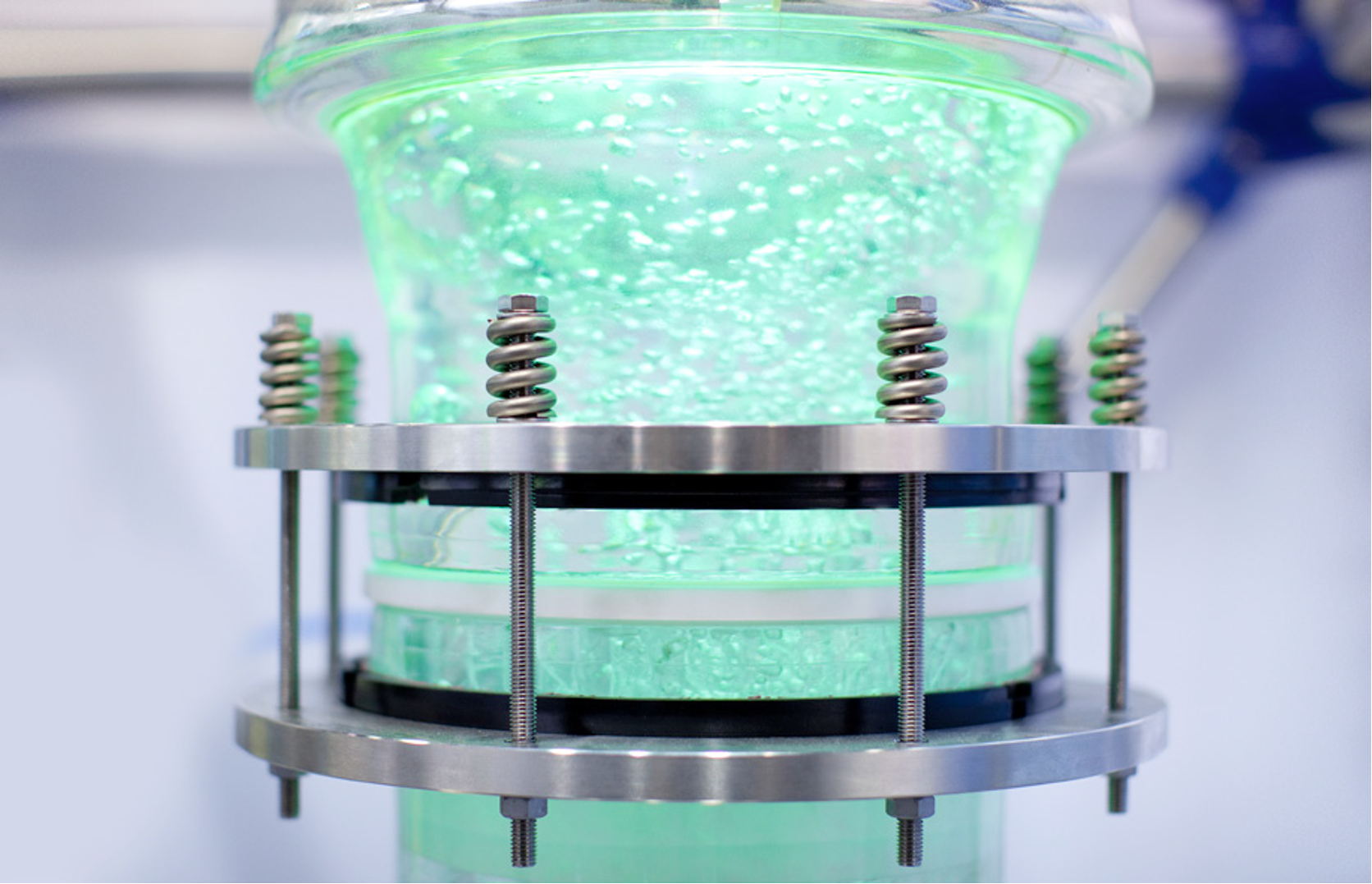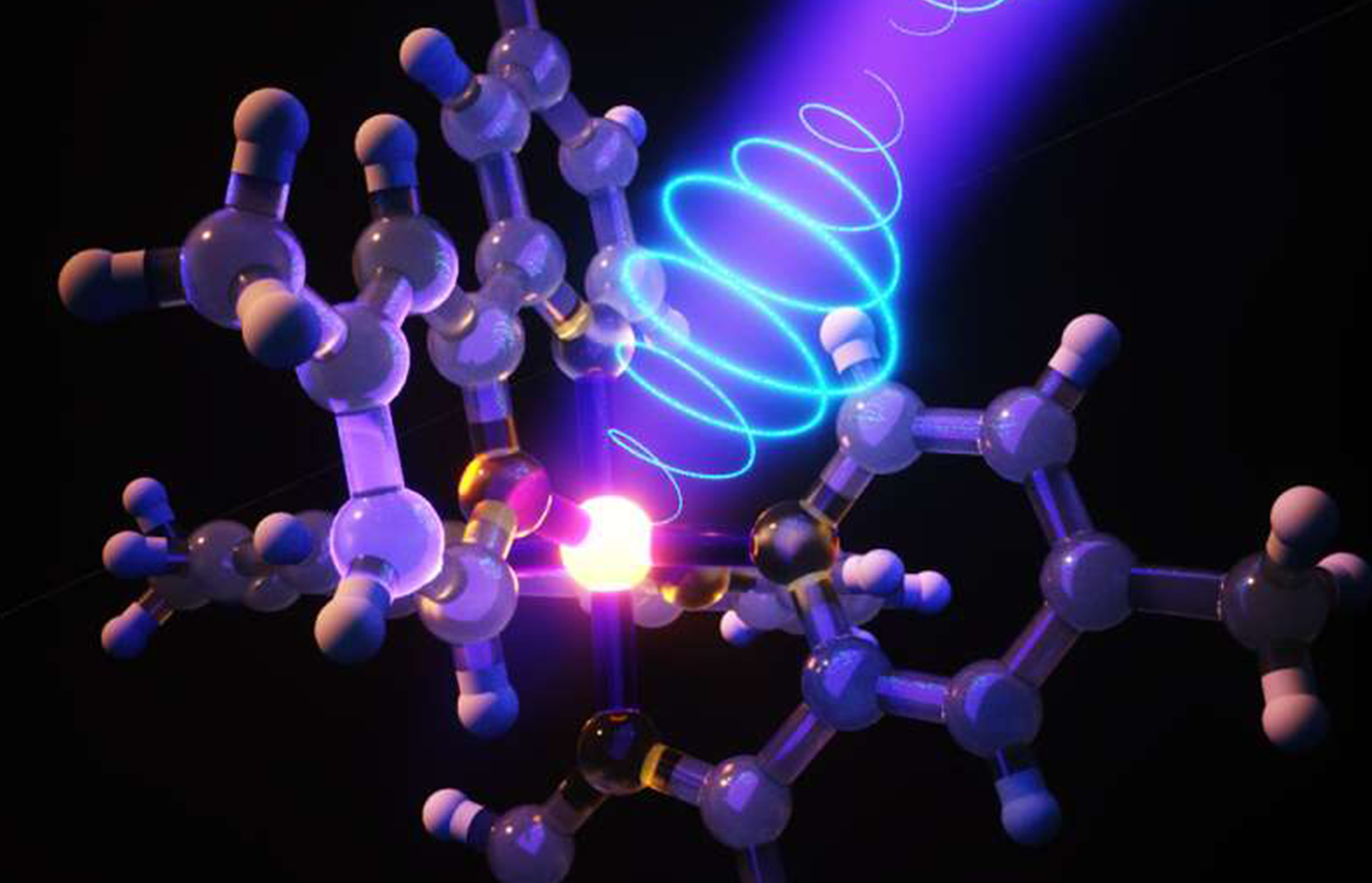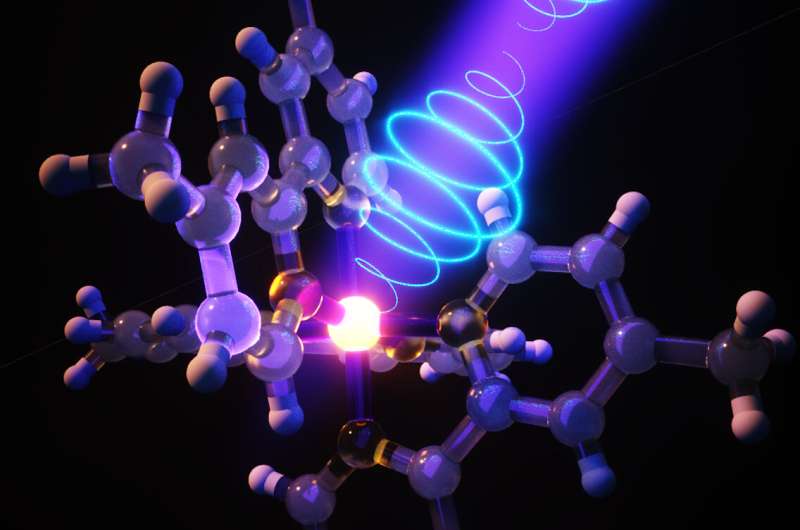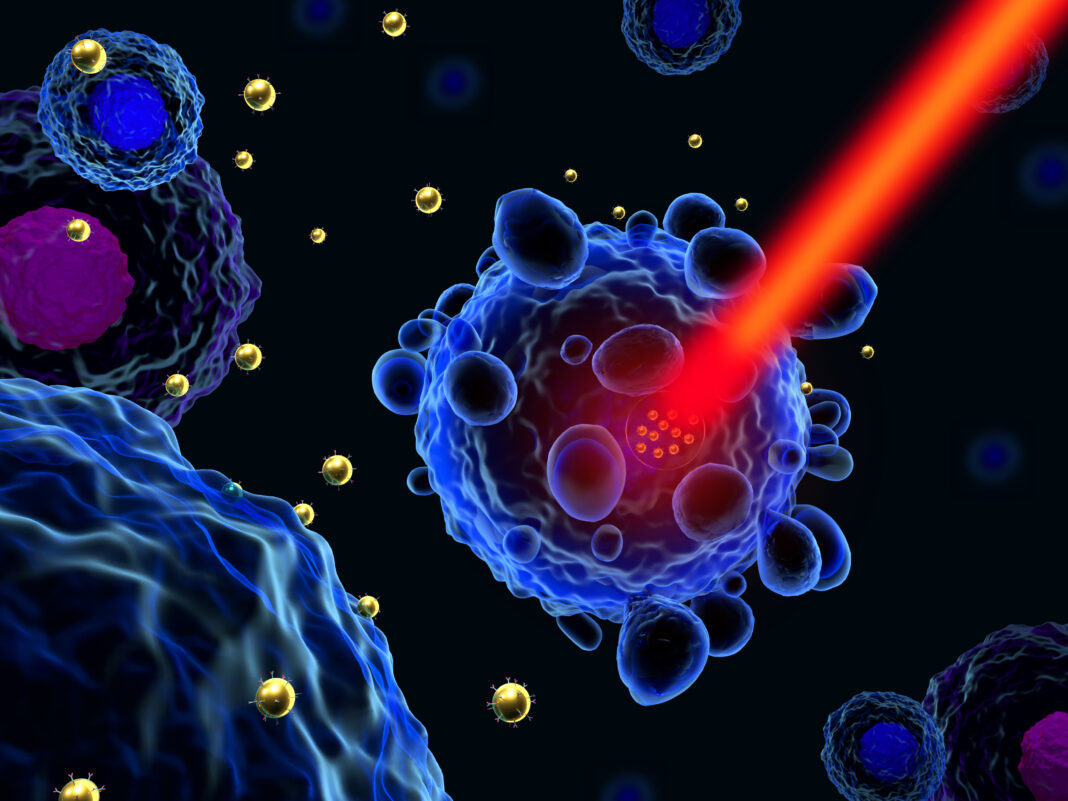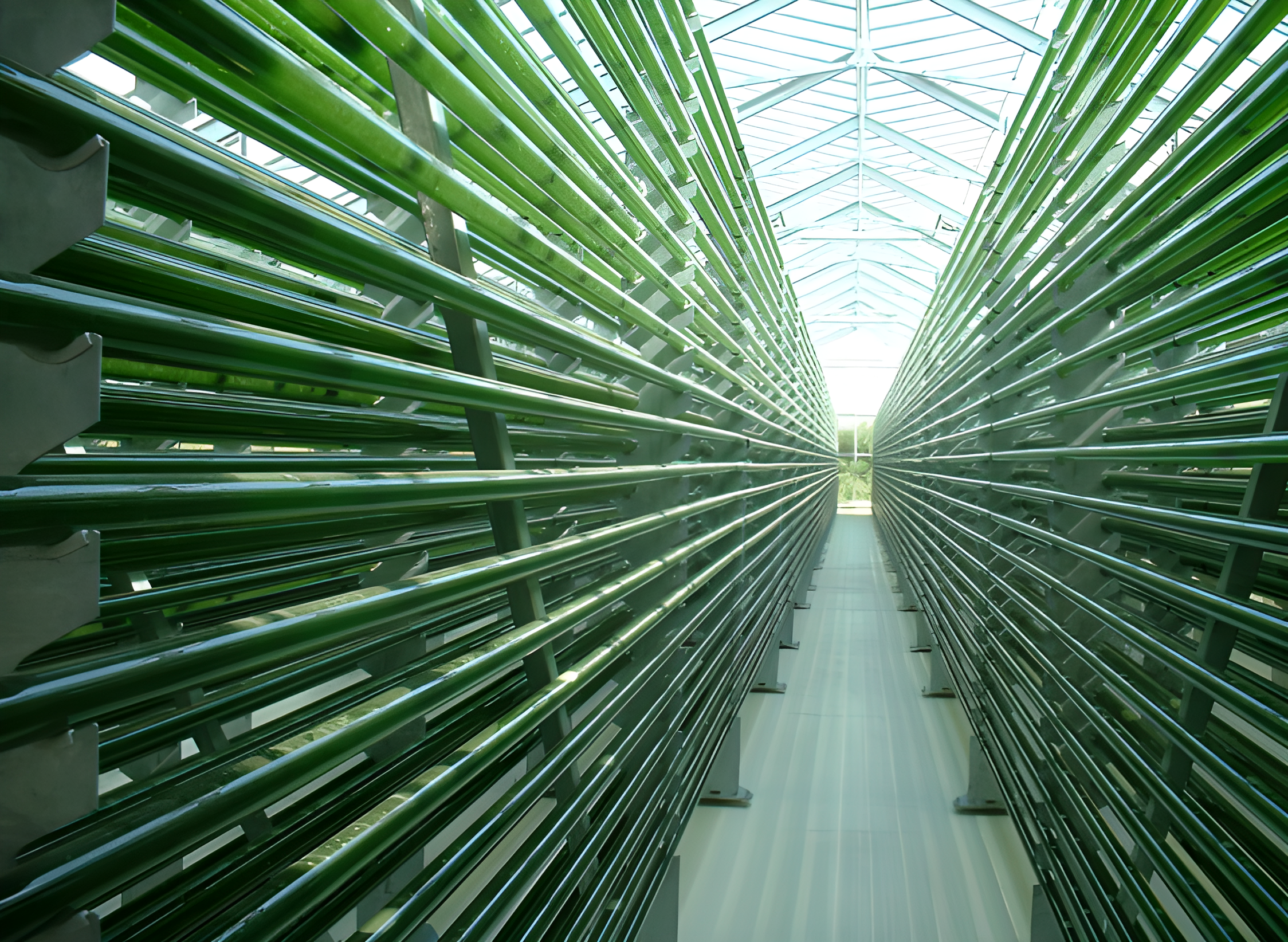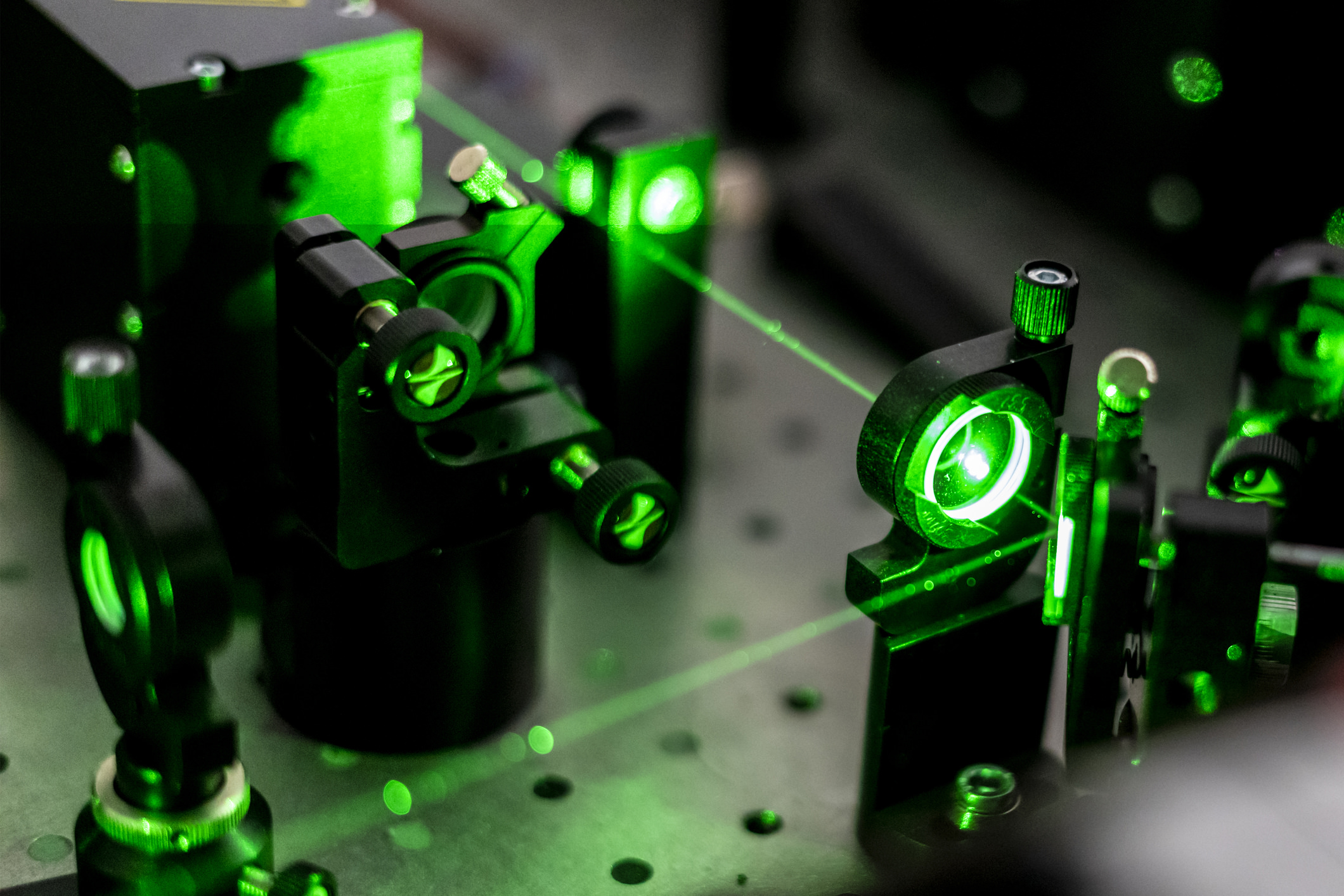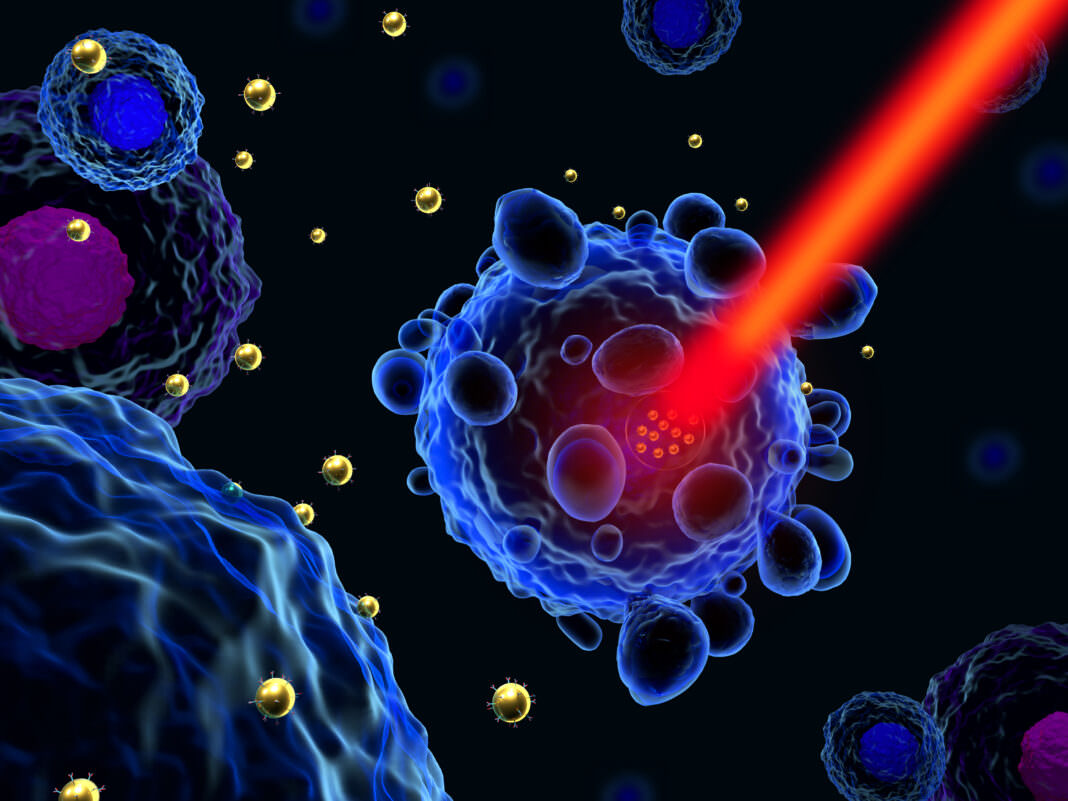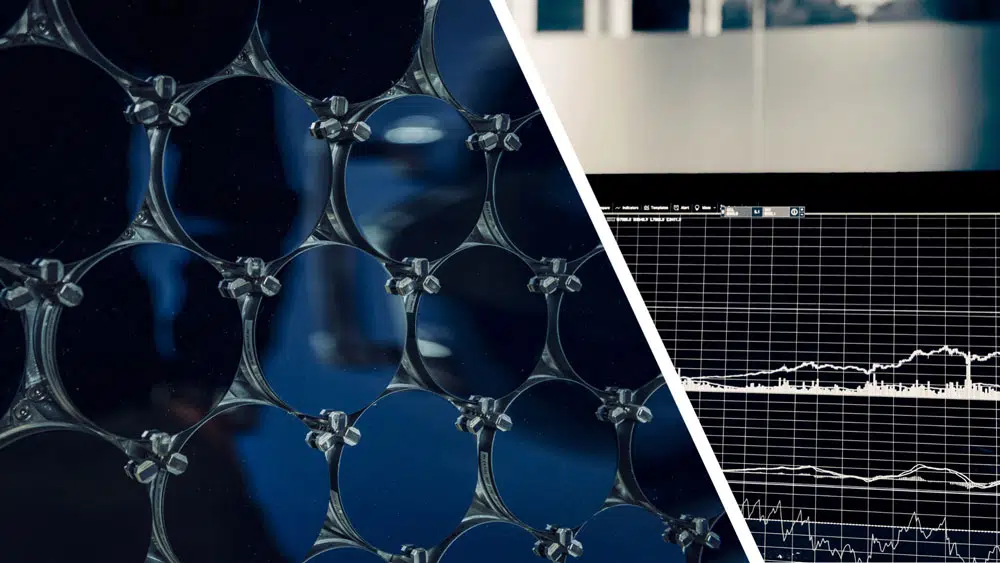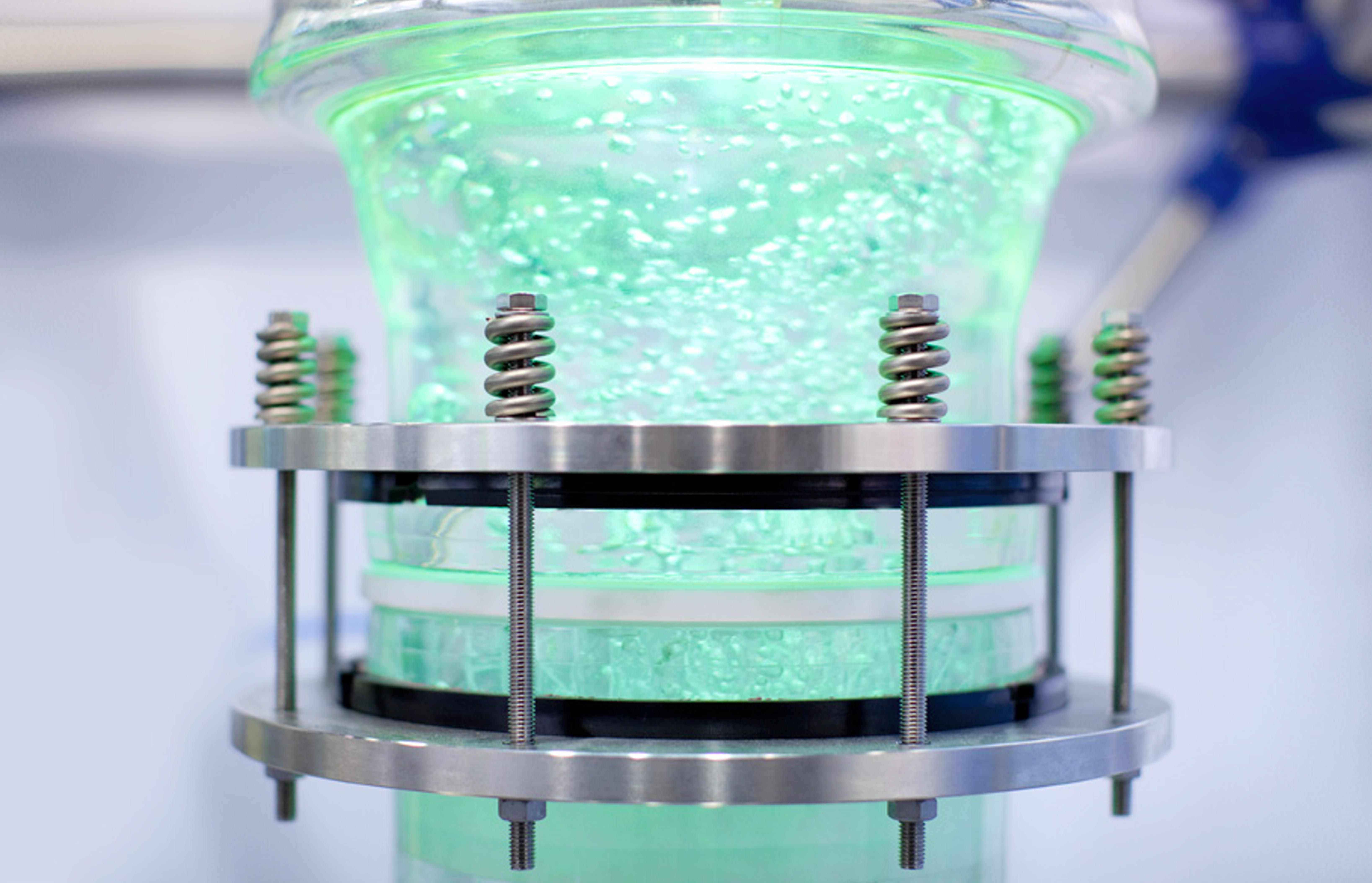
PACTE Project
© De Dietrich Process Systems
Plasmon Activated molecular catalysis: application to orthogonal relay catalysis
Keywords
Plasmon, orthogonal relay catalysis, nanostructures, light-matter interaction, polarization

Summary
Orthogonal relay catalysis is a relevant strategy for synthesizing high-value molecules for the pharmaceutical, agrochemical, and perfume industries. This methodology allows the transformation of simple raw materials into complex products through multiple reactions within a single reactor. By eliminating the isolation step of intermediates, this method can overcome obstacles encountered in individual multi-step reactions (long reaction times, waste production, and high costs). Despite its advantages, orthogonal relay catalysis faces several challenges. Indeed, when multiple catalysts are mixed in the same reactor, interferences between catalysts and intermediates can lead to reduced or zero efficiency, which can result in low turnover numbers (TON) and turnover frequencies (TOF), crucial indicators of catalyst efficiency and lifespan. Moreover, recycling catalysts in orthogonal relay catalysis reactions is problematic due to cross-contamination or residual by-products affecting subsequent cycles.
PACTE proposes a new strategy to address these challenges. This approach involves immobilizing 2 different catalysts on a substrate composed of gold nanorod networks (Au nanorods or NR). Users will be able to “turn on/off” these 2 catalysts with a simple light stimulus. The key to this control lies in light polarization. By adjusting it – either along the transverse or longitudinal axes of the AuNR – the catalysts and associated processes will be selectively activated or deactivated. Specifically, light excitation activates hot spots at distinct locations on the AuNR: at the ends for the longitudinal mode and along the lateral sides for the transverse mode. This ability to switch light polarization between the long and short axes of anisotropic AuNR allows the excitation of different plasmonic modes, offering increased control over the catalysts. Thus, unwanted interactions between catalysts will be avoided, and their heterogenization resolves the inherent problems of recycling.
Read more
The PACTE project proposes to use anisotropic AuNR networks as platforms for catalyst immobilization. Selective immobilization of the 2 catalysts on the hot spots of AuNR networks will be achieved through plasmon-assisted reduction of aryl diazonium salts. This grafting strategy offers several advantages, such as i) the presence of covalent Au-C bonds between the surface and the organic coating, promoting stable interfacial links, (ii) spatial confinement of catalysts in hot spot regions around nanoparticles, i.e., regions of maximum plasmonic field enhancement, (iii) the presence of available para-functional groups for post-functionalization.
By employing this strategy, PACTE will propose the synthesis of versatile and highly demanded synthons, such as indoles and quinolines, widely used in various industries and possessing significant biological activity. These valuable molecules will be synthesized using reactions such as Sonogashira cross-coupling combined with hydroamination, or Heck coupling followed by intramolecular cyclization. By employing spatially and temporally resolved catalysis approaches and triggering orthogonal relay catalysis with light polarization, PACTE aims to revolutionize the production of complex molecules. This innovative method has the potential to provide more efficient, sustainable, and controllable pathways for the synthesis of pivotal building blocks with broad industrial applications.
Consortium
CEISAM • Nantes
Chimie Et Interdisciplinarité, Synthèse, Analyse, Modélisation
Clémence Queffélec, Mireia Rodriguez-Zubiri
ICN • Nice
Institut de Chimie de Nice
Sylvain Antoniotti, Kristina Plevova
IMMM • Le Mans
Institut des Molécules et Matériaux du Mans
Marc Lamy de la Chapelle, Frédéric Amiral, Mathieu Edely
ITODYS • Paris
Laboratoire Interfaces Traitements Organisation et Dynamique des Systèmes
Nordin Felidj, Stéphanie Lau Truong, Alexandre Chevillot Biraud, Leila Boubekeur Lecaque, Mathias Dolci
LCBPT • Paris
Laboratoire de Chimie et Biochimie Pharmacologique et Toxicologique
Claire Mangeney, Yun Luo, Philippe Nizard
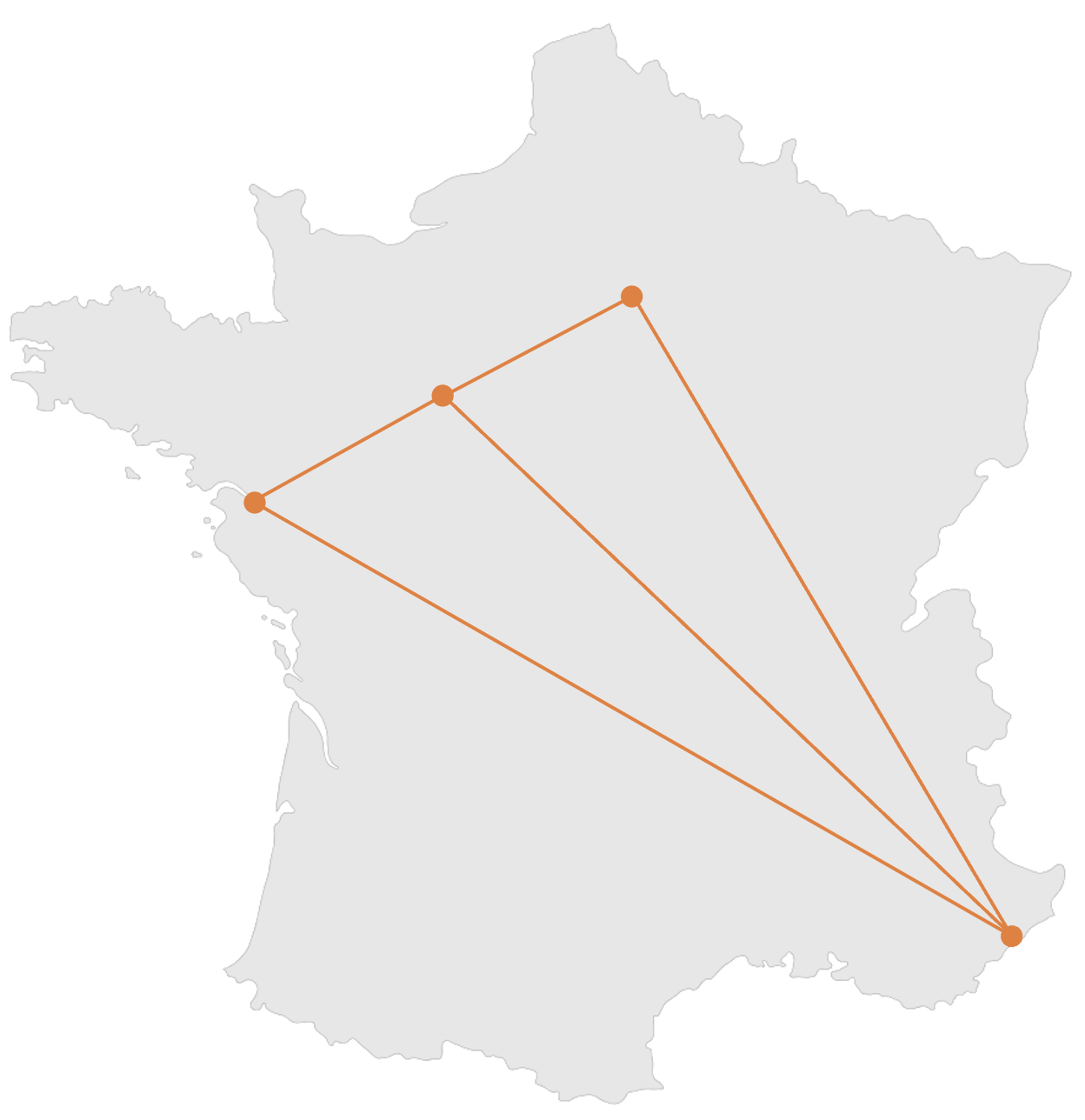


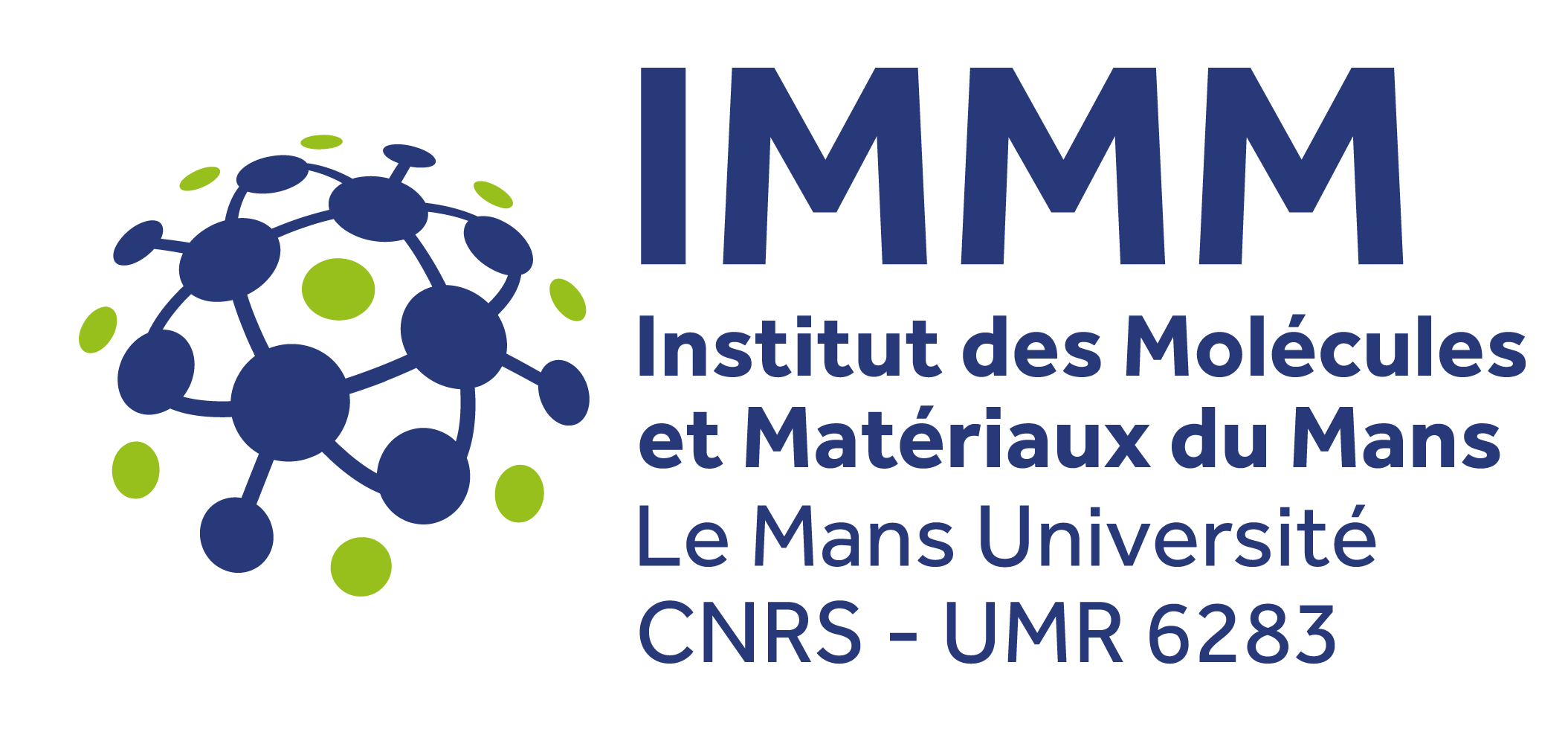


Publications
Les autres projets PEPR


